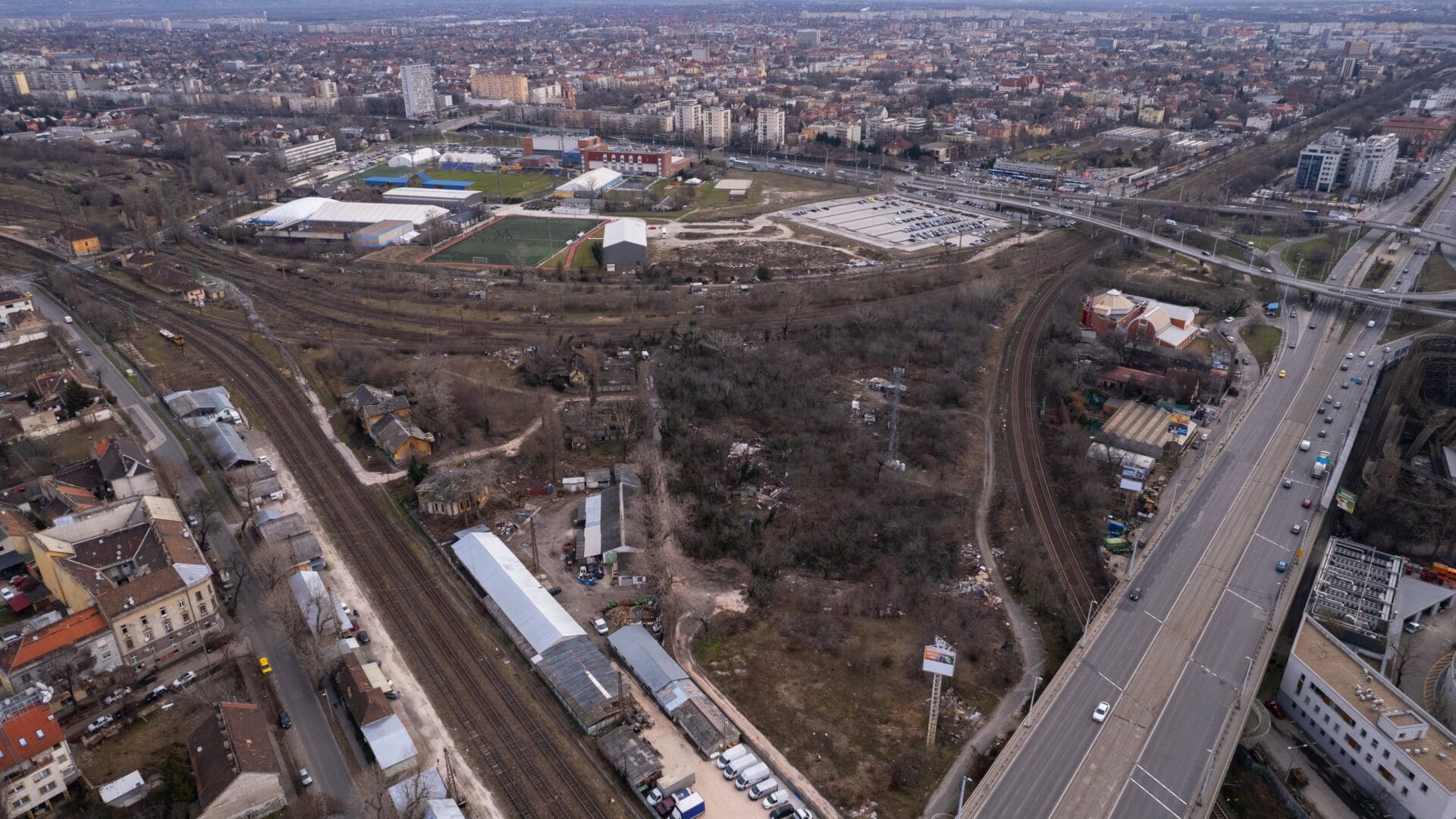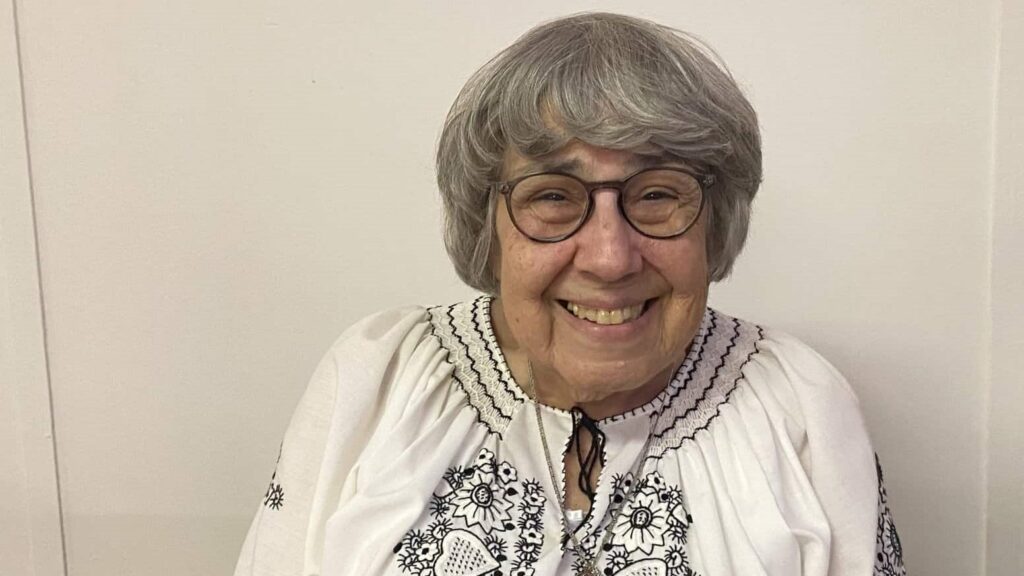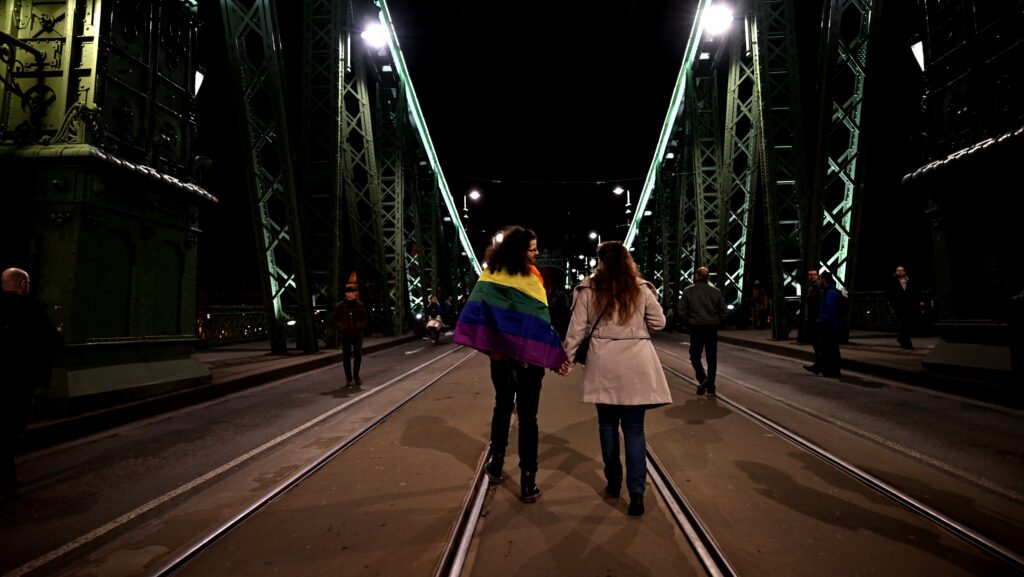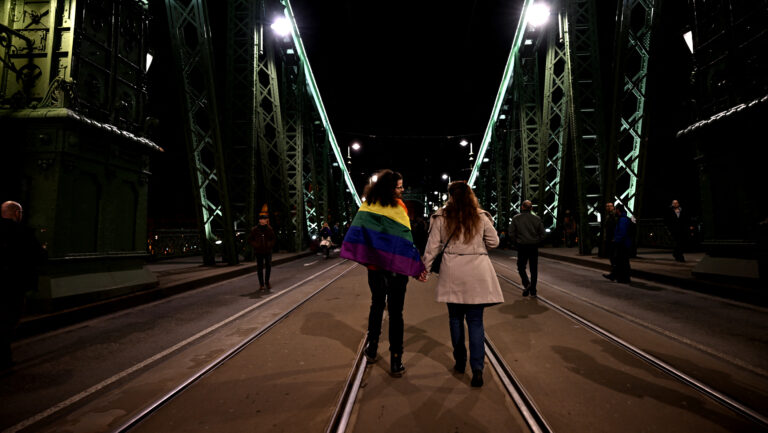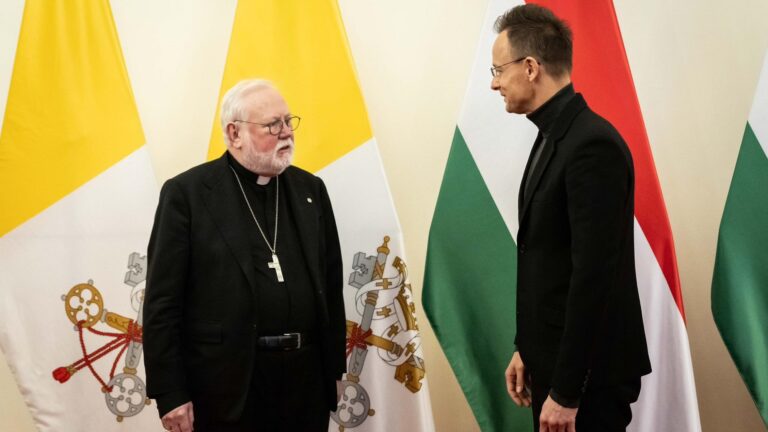On Thursday, the city’s mayor announced that the Budapest Municipality will be soliciting the opinions of Budapest residents regarding the planned investment for Rákosrendező.
(Editor’s note: Rákosrendező is a Budapest railway station, located on the 2 and 70–71 railway lines. It is a major freight yard; however, its traffic has significantly decreased since freight trains have been directed to the Ferencváros railway station from the northern border of Hungary, which occurred around the 1990s. Following this, a significant part of the station was dismantled, while the remaining area and its associated buildings became neglected, disorganized, overgrown with weeds, and contaminated with waste. Since then, a scrubby forest has grown on the abandoned land.)
At an extraordinary press conference titled Park City or Rákosdubai, Mayor Gergely Karácsony stated that in April, they will launch the ‘second resident assembly’: a month-long online voting process where every Budapest resident over the age of 14 with a registered address can express their views on the project.
Regarding the investment planned by Eagle Hills, a real estate developer from the United Arab Emirates, it was opined that it represents an extremely flawed legal structure
that prioritizes investor interests over public interest.
The same investor executed a project in Belgrade under a similar structure, which ‘will go down in history as one of the prime examples of failed urban planning,’ as highlighted by the mayor. It was emphasized that Budapest needs those areas where attractive, quality residential areas can be built to halt the decline in population and the growth of suburban populations.
The city agrees with public investments and transportation development plans associated with the project, such as extending the subway. However, they strongly disapprove of the selection of the investor without competition for the development of the area, allowing them to dictate the terms. Karácsony believes that if a joint development plan with the government were prepared for the area, major international real estate developers would compete for its implementation.
The stance of the Budapest Municipality is clear: they envision Rákosrendező as a park city, providing affordable housing and creating public parks. Responding to questions, Karácsony explained that the urban planning concept developed by the new city leadership in 2019, which enjoys broad professional consensus, envisaged a ‘compact district’ with 8–10 thousand apartments, commercial services, and quality green areas. Karácsony believes that the development of other areas in Budapest may be influenced by how the Rákosrendező development is carried out.
Karácsony stated that Minister of Construction and Transport János Lázár, in his briefing in December outlining the details of the project, mentioned that
an investment cannot proceed without the support of Budapest residents,
hence the current request for opinions.
He recalled that at the ‘first resident assembly,’ more than 136,000 Budapest residents expressed their opinions, including the traffic arrangements of the Chain Bridge. He believes that they will succeed in preventing the investment, as was the case with the Fudan University project. As a mayor, he stated, ‘I will not allow us to squander the city’s reserves, to proceed at the whims of the investor without competition and in a subservient position.’
Read more:

